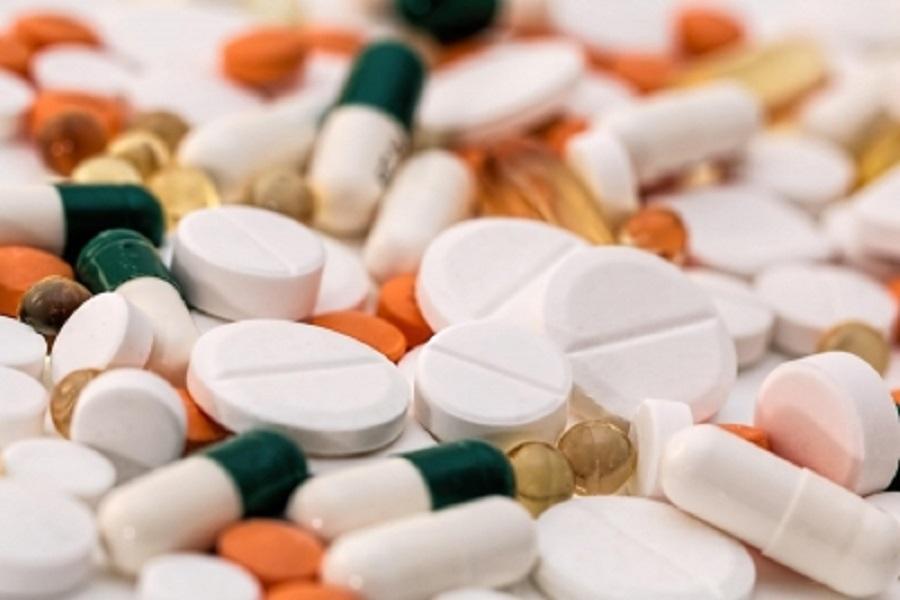
Electronics & Pharma Secure 70% of FY25 PLI Funds: Govt Data
The Production Linked Incentive (PLI) scheme, launched in 2021 to boost domestic manufacturing in India, has shown significant results in its first year. According to official data, the electronics and pharma sectors received nearly 70% of the ₹10,114 crore disbursed under the scheme in FY25. The electronics sector accounted for ₹5,732 crore, while pharma received ₹2,328 crore, making them the top beneficiaries.
The PLI scheme was initially rolled out for 14 key sectors, including automobile, aviation, chemicals, pharmaceuticals, food processing, textiles, and others. The scheme aims to encourage domestic manufacturing by offering incentives to companies that meet specific production targets. The government has set aside a total of ₹2 lakh crore for the scheme over five years, with a focus on increasing India’s share in global trade and reducing dependence on imports.
The data reveals that the electronics sector received the largest share of the PLI funds, accounting for 57% of the total disbursed amount. This is not surprising, given the growing importance of the electronics sector in India’s economy. The sector has seen significant growth in recent years, driven by factors such as increasing demand for smartphones, laptops, and other electronic devices.
The pharma sector, which received 23% of the total PLI funds, is also an important sector for India’s economy. The country has a large pharma industry, with many domestic companies producing generic drugs and biopharmaceuticals. The sector has seen significant growth in recent years, driven by factors such as increasing demand for healthcare services and the need for affordable medicines.
Other sectors that received significant amounts of PLI funds include the automobile sector, which received ₹1,344 crore, and the textiles sector, which received ₹844 crore. These sectors are also important for India’s economy, with the automobile sector being a major employer and the textiles sector being a significant contributor to the country’s exports.
The PLI scheme has been successful in attracting foreign investment and boosting domestic manufacturing in India. The scheme has also helped to increase India’s share in global trade, with the country’s exports growing at a rapid pace in recent years.
The success of the PLI scheme is not limited to the electronics and pharma sectors. Other sectors that have benefited from the scheme include the chemicals sector, which received ₹633 crore, and the food processing sector, which received ₹544 crore. These sectors are also important for India’s economy, with the chemicals sector being a major contributor to the country’s exports and the food processing sector being a significant employer.
The PLI scheme has also helped to increase India’s competitiveness in the global market. The scheme has attracted foreign investment and helped to increase the country’s share in global trade. This is likely to have a positive impact on the country’s economy, with increased exports and foreign investment helping to drive growth and create jobs.
In conclusion, the data on the PLI scheme for FY25 reveals that the electronics and pharma sectors received nearly 70% of the total disbursed amount. The scheme has been successful in attracting foreign investment and boosting domestic manufacturing in India, with the country’s exports growing at a rapid pace in recent years. The scheme is likely to continue to play an important role in India’s economic growth, with the government set to roll out new schemes and initiatives to support the country’s manufacturing sector.
Source:






